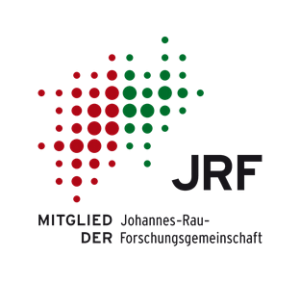01.01.2024 — 31.12.2027
MULTILAB
Multi-modal, configurable optical lab-on-chip platform for low-cost multipurpose diagnostics & monitoring
Förderer Funding Agency: EU
Förderkennzeichen Grant ID: 101135435
There is an increasing need for miniaturised, multifunctional sensors providing simultaneous access to diverse chemical & biochemical information, required in various applications. Nowadays, such information, is routinely obtained by centralized laboratories and the use of analytical techniques. Although such methods will remain important when an immediate response is not necessary, easy-to-use, rapid point-of-need sensors that can be used by non-specialized personnel or even operate in a completely automated (unattended) manner could be a game-changer in a diverse range of fields such as disease management, robotics or for the early detection of environmental threats. Nanophotonic devices that precisely control light in subwavelength volumes and enhance light–matter interactions, have opened up new prospects for sensing applications, addressing the limitations of current analytical methods in terms of sensitivity, ease-of-use and miniaturization. There are, though, challenges to be overcome.
MultiLab addresses these challenges by developing a highly flexible multi-sensing platform compatible with wafer scale manufacturing that will integrate multiple sensing modalities to simultaneously detect biological, chemical, microorganism and molecular targets for medical diagnostics & IoT-based environmental monitoring. The sensing modalities integrated in the MultiLab platform are a) plasmonic augmented, Arrayed Waveguide Grating sensing on a Si3N4 photonic platform for true & scalable multiplexed detection, b) mid-IR PTS employing the same SiN photonic platform for on-chip interferometric sensing by means of MZIs including also the same plasmonic devices and optical read-out as for the PA-AWG, c) graphite-based electro-chemiluminescence sensing. The system will be demonstrated in two applications: a) IoT-enabled, early warning of harmful algae blooms in fresh water sources, b) diagnosis & prognosis of fever without an apparent source.
Multilab is funded by the Εuropean Union under the Horizon Europe grant 101135435.



